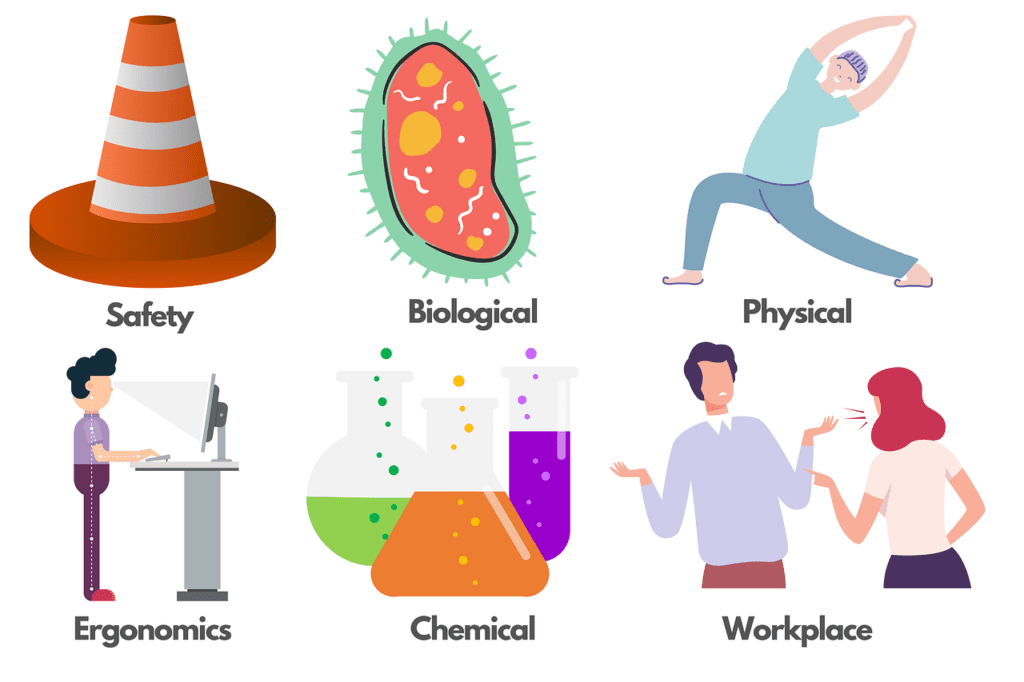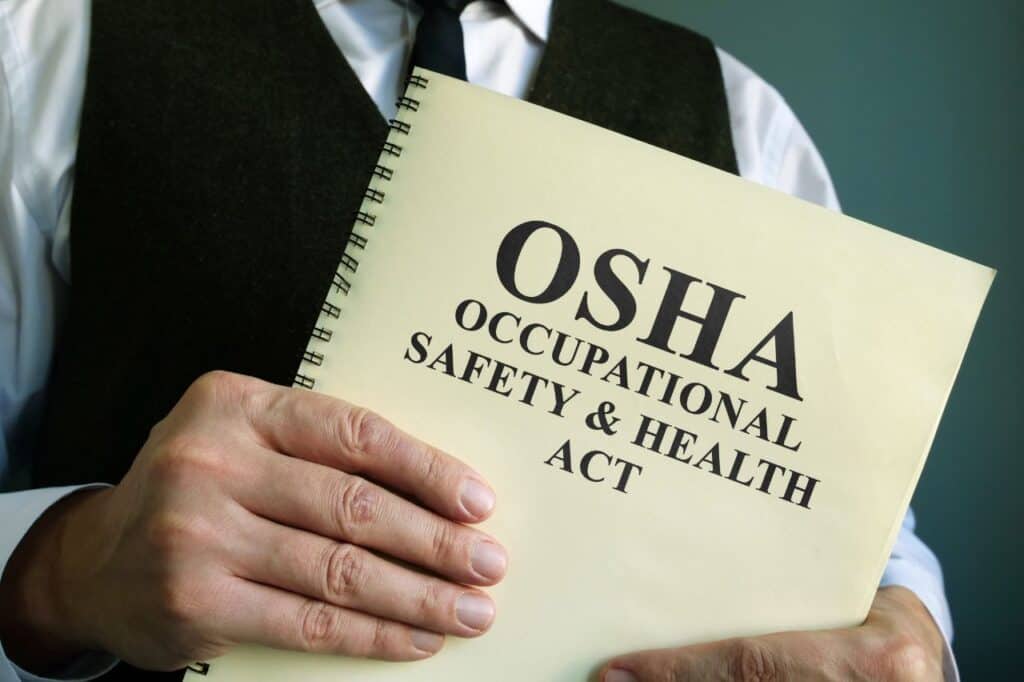Understanding the specific topics covered by OSHA’s 30-Hour General Industry Course is essential for employers looking to meet safety and certification requirements. This guide provides an easy reference to help ensure that all studied topics are fully understood and compliant with regulation.
Introduction to OSHA
Before beginning the course, employees must be made aware of the purpose of the Occupational Safety and Health Administration (OSHA). This should include an overview of OSHA’s structure and functions, including its areas of focus, enforcement authority, and compliance assistance programs. Additionally, the regulations each worker is responsible for following should be clearly outlined.
It is also important to reiterate the employer’s own safety guidelines and expectations. At this time, employers should point out any differences between their policies and OSHA standards. Introduction to OSHA should be a simplified overview of the facts; more in-depth training on specific topics will follow in subsequent modules. Establishing OSHA’s purpose early on is crucial for preparing workers for training that will occur throughout the course.
Walking and Working Surfaces
Working and walking surfaces in the workplace must also meet OSHA’s requirements. For example, permanent aisles and passageways must be kept clean and free of hazards as well as properly maintained. Furthermore, employers should ensure industrial trucks are operated safely, such as making sure no one is atop loads being transported. These topics should be covered in detail to meet OSHA’s requirements for the 30-hour training course.
In addition, employers should be informed of the policies and procedures in place that mandate the proper selection, installation, inspection, maintenance, and repair of walking and working surfaces. This includes understanding which types of surfaces are hazardous or slippery when wet or oily, how to safely use ladders and scaffolds, as well as information on slip-resistant footwear and other personal protective equipment.
OSHA requires a discussion of these topics during the 30-hour training course so everyone is aware of their rights and responsibilities when it comes to walking and working surfaces
OSHA also stipulates that employers must ensure guardrails, safety nets, toe boards, as well as covers and guards used to protect personnel from hazardous areas are effectively utilized. In addition, the agency requires workers to be instructed on how to recognize potential fall hazards, how to avoid them, and how to use fall protection systems such as guardrails, body belts and lanyards. OSHA’s standards require employers to provide adequate training of employees on hazardous working surfaces. This should cover both shallow sloping roofs or even steeper ones with a high risk of slipping and falling.
Companies must also educate workers on their rights, safe and adequate tools and equipment, proper walking practices, how to correctly use special protective equipment like toe boards and railings, and reporting unsafe conditions immediately. That includes slippery surfaces and potential safety hazards. Additionally, employers should have a signal you can usually hear those alerts employees that someone is on the roof. Overall training should include hazard recognition in accordance with applicable OSHA standard so work can be completed safely.
Employees must first be instructed on the meaning of the term “walking and working surfaces,” which include all horizontal, vertical, and inclined surfaces associated with a job task. This includes floors, wall surfaces, roofs, gangways, areas around equipment or machines, stairs, and steps (including stairwells), ramps, runways, and temporary structures used while workers perform their jobs.
Employees also need to know how to spot any unsafe conditions that may exist throughout indoor and outdoor job sites. They should know where permanent fixtures are located like railings or guardrails that can act as a protective barrier from any possible fall hazard. Employers must identify any potential hazards due to slippery surfaces such as ice or wet floors and provide employees with adequate traction devices to reduce slips.
Exit Routes, Emergency Action Plans, and Fire Prevention Plans
Exit routes must be properly marked and illuminated. Employers are required to provide a written code of emergency action plans and fire prevention plans. Employees should understand the procedures for reporting fires and other emergencies, as well as how to effectively evacuate the workplace in case of an emergency.
OSHA’s standards require employers to provide employees with training on the location and proper use of all exits in a facility, emergency action plans for any potentially hazardous situation, and how to recognize and report dangerous conditions. OSHA also requires employers to provide instruction on fire prevention plans, including how to properly protect themselves from potential fires and properly suppress them. By understanding all these requirements, employers can significantly reduce the risk of injuries in their workplaces due to emergency situations.
OSHA requires that training on all these topics includes information on how to recognize and prevent hazards, how to activate alarm systems, and company evacuation procedures. The 30-hour course covers accident prevention steps, identification of hazard materials and precautionary measures, fire suppression and protection, maintenance of correct safety equipment, necessary emergency plans for employees in the event of an incident, proper use of exits and routes for evacuation, health risks associated with certain chemicals and products used in the workplace, and more.
These topics are critical for helping employers protect their employees from potential harm in any emergency situation. The Exit Route, Emergency Action Plan (EAP), and Fire Prevention Plan (FPP) topics are of particular importance. Training in these areas includes instruction on the requirements for these plans, proper placement and maintenance of exit routes and doors, understanding evacuation assembly area locations, identifying main shutdown devices, recognizing fire alarms, how to detect a potential fire hazard or compromised environment within the workplace, understanding flammable liquids storage regulations and procedures, verifying basic fire protection equipment is functioning properly, conducting periodic drill exercises to practice emergency preparedness procedures, and other important measures that help employers protect their workforce during unforeseen events.
Additionally, supervisors and managers should ensure that routine workplace inspections of these areas are completed. This helps to identify potential hazards before they lead to an emergency situation. Inspecting exit routes regularly is critical as blocked exits, extinguished lights, and other similar issues can delay or prevent evacuation in the case of an emergency, which can result in serious injury or death. Having a system in place for monitoring exit route conditions is essential.




